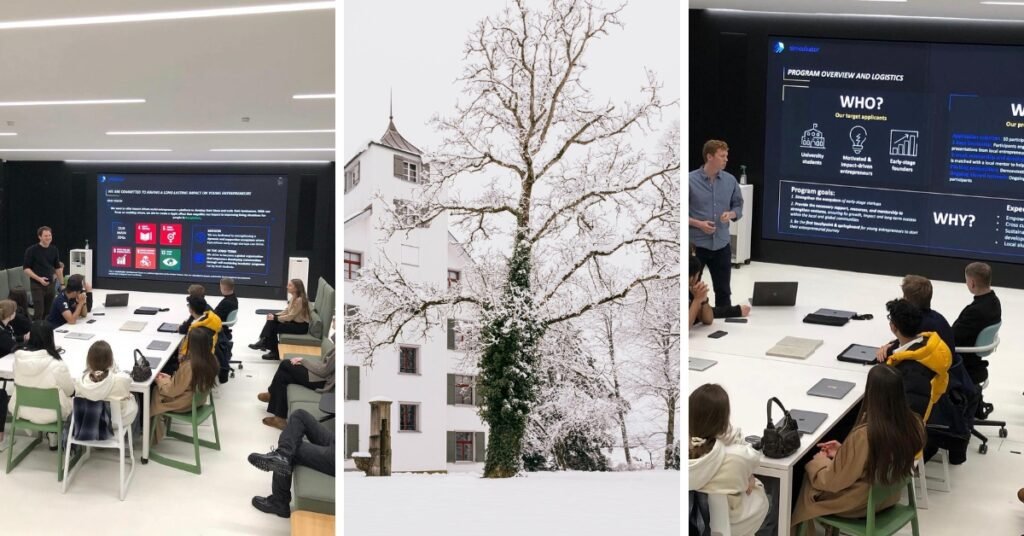Exploring the latest efforts in student loan forgiveness, the article delves into the ‘neg reg’ process, the committee’s roles, and what borrowers can expect in the coming years.
Table of Contents
A Brief Background
Last year, President Joe Biden aspired to forgive up to $20,000 of student loan debt for many Americans.
Fast forward to today, the original plan is off the table, but the journey towards a new framework for erasing substantial loan balances is only just beginning.
On Tuesday, the Education Department commenced the first of a series of discussions about this pressing matter.
As James Kvaal, undersecretary of education, insightfully commented, “Creating clearer regulations will ensure the authority to waive student debt is used fairly and lawfully.” This move aims not only to benefit potential borrowers but also to solidify the entire student loan system.
The Process: “Neg Reg”
For those unfamiliar with the term, this process is known as negotiated rulemaking or neg reg.
This method has been a favored approach for formulating higher education regulations.
As this process gains traction, many Americans, after a hiatus of over three years, are once again grappling with student loan payments.
There needs to be more clarity among borrowers, with some even needing clarification about why they receive bills.
Who is Involved?
The Education Department handpicked a committee responsible for formulating the student loan strategy.
The members, either nominated or directly applied, hail from diverse backgrounds representing borrowers, student loan servicers, and academic institutions.
The committee includes notable names such as:
- Wisdom Cole of the NAACP Youth & College Division
- Yael Shavit from the Massachusetts Attorney General’s Office
- Jada Stanford, a student at Stephen F. Austin State University in Texas.
Furthermore, consumer advocates and representatives for individuals with disabilities were added on the inaugural day.
The Agenda and Key Takeaways
Though vague, the virtual meeting’s agenda seeks answers to five pivotal questions outlined by the department.
These revolve around alleviating borrowers’ debt burden, assisting eligible borrowers in accessing forgiveness programs, and addressing the challenges faced by borrowers.
From Tuesday’s discourse, several themes emerged:
- A call for more transparency and awareness about loan forgiveness options.
- A need to address rising interest during forbearance.
- Clarifying the scope of the committee’s mission, emphasizing that complete debt eradication for all is not on the table.
- Public comments that resonate with the issues highlighted by negotiators, especially concerning servicer behavior.
How Does “Neg Reg” Actually Work?
Simply put, the committee must reach a unanimous agreement on the plan.
If they fail, the onus falls on the Education Department to propose an alternative.
The public will again have a say before any proposal becomes official.
Congress also gets a say, having the power to overturn the proposed rule possibly.
For any rule to be implemented by July of the subsequent year, it needs to be published by Nov. 1. The goal is for borrowers to see potential loan forgiveness by the summer of 2024.
The Bigger Picture
When the Supreme Court dismissed Biden’s original initiative, it became clear that the president could only enforce student loan debt relief with executive power.
The feasible alternatives now lie in federal legislative action or policy modifications via neg reg.
If this process does not culminate successfully and the subsequent presidential election sees a Republican win, hopes for extensive student loan forgiveness might diminish.
Conclusion
In conclusion, as the country waits with bated breath, the discussions on student loan forgiveness promise to be extensive, inclusive, and hopefully fruitful for millions of Americans.






